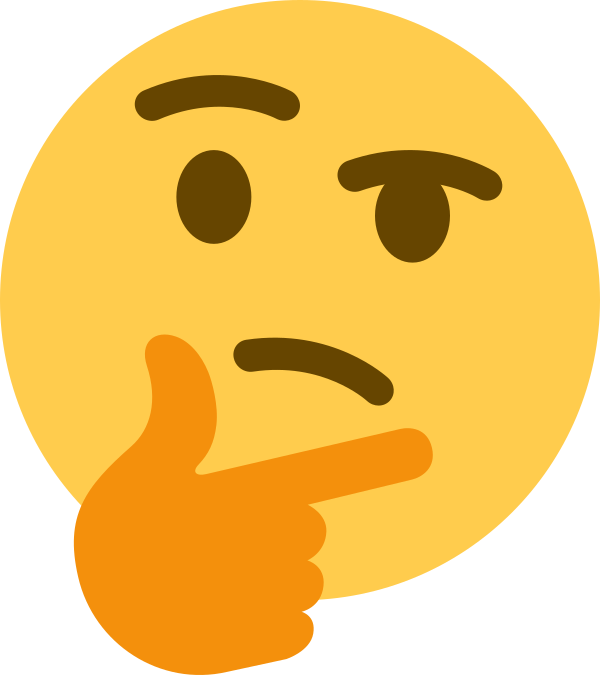My line of thought for this is that stressing about whether you’ll have enough money to cover rent won’t make it any easier to cover rent. Happiness is more about mindset than circumstances
No… but if you don’t worry about it at all, you won’t pay it. You need to be able to pay it. Which means having to get money. Which means having to do things. Which means having to plan. Which means thinking about the future.
I do not see how your millionaires explanation is in any way relevant, as they are still won’t be living from paycheck to paycheck.







Oh… so what you’re saying is that it isn’t quite as simple as the picture makes it out to be…?